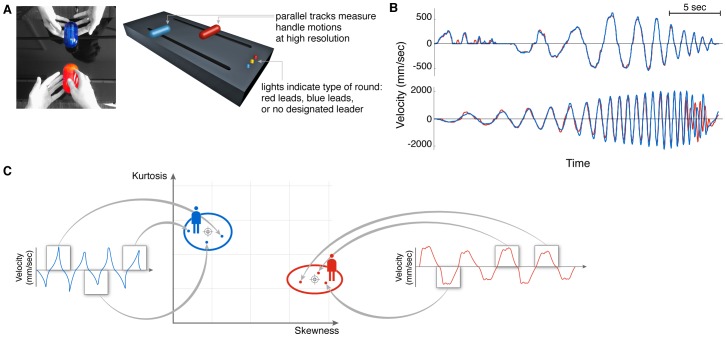Figure 1. Joint improvised motion in the mirror game was analyzed in terms of elementary motion events called segments.
(A) In the one dimensional mirror game players move handles along parallel tracks, and motion is tracked. Lights indicate type of round: red leads, blue leads or no designated leader. (B) Examples of velocity traces from two different games. Red trace marks the red player and blue trace marks the blue player. All traces are taken from rounds with no designated leader. Notice the high synchronization of the motion in both cases and its relative complexity. (C) A motion segment is defined as the velocity trace between two consecutive zero velocity points. The shape of segment velocity traces is characterized by two parameters: skewness – the shift to the left or right, and kurtosis – the relative weight on the curve ‘shoulders’. Throughout the paper each segment is described as a point in this two-dimensional low-level motion parameter plane. The segment characteristics of each player are described by an ellipse whose center is the mean and its axes are the standard deviation (error bars) of the skewness and kurtosis values.

